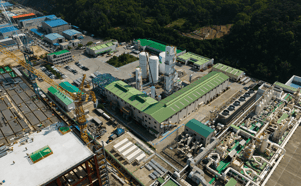Healthcare market report
In the 60 period from 1960 to 2020, growth in national health spending was consistently positive and greater than inflation in the wider economy. This means that for six straight decades there was a continual increase in real US health spending.
It has held true even in historical periods of very high inflation in the US, indicating that healthcare’s overall cost burden has increased relative to consumer purchasing power and has taken up an ever-larger share of US GDP and household income.
So let’s start here and say: 2021 was notable. For the first time in a long time, in 2021 real healthcare spending growth was flat. And in the first quarter of 2022, real healthcare spending went further into reverse and shrank by 1.7% year over year. This is seven full percentage points lower than the long-term real healthcare spending average of +5.3%. This has resulted in a health spending decline as a percentage of US real GDP: it fell from a peak of over 20% in mid-2020 to 18% in May 2022, while overall US economic growth has rebounded much faster than health spending post 2020.
At the same time, unprecedented demand on the medical system and medical oxygen continued during 2021 and 2022 as new variants caused new outbreaks. Real GDP fell during 2020 due to the closure of many parts of the economy, rebounded 5.7% in 2021, but dropped off in 2022, the data is so far showing. The US economy grew an annualized 3.2% on quarter in Q3 2022, rebounding from two straight quarters of contraction.
... to continue reading you must be subscribed























